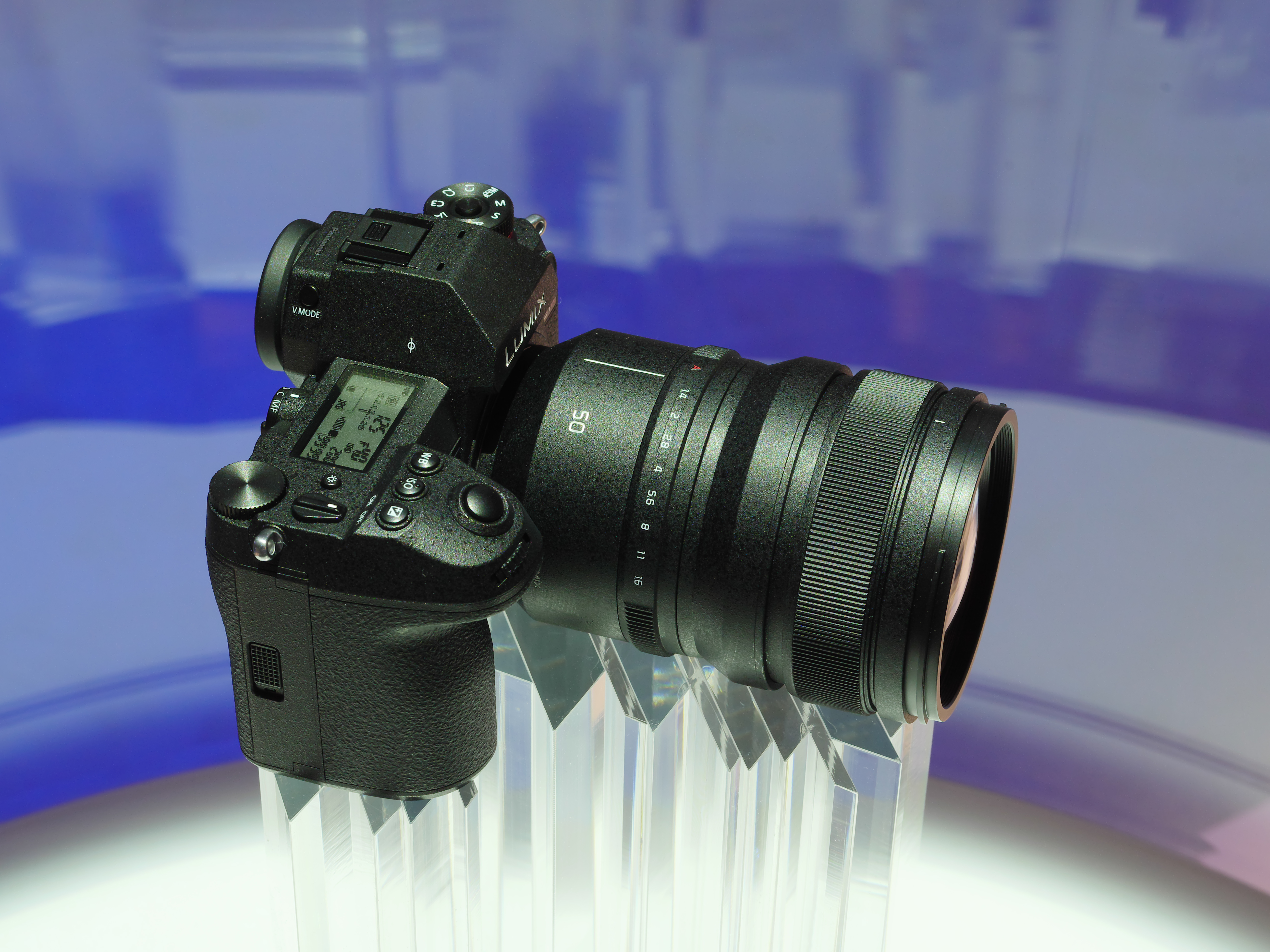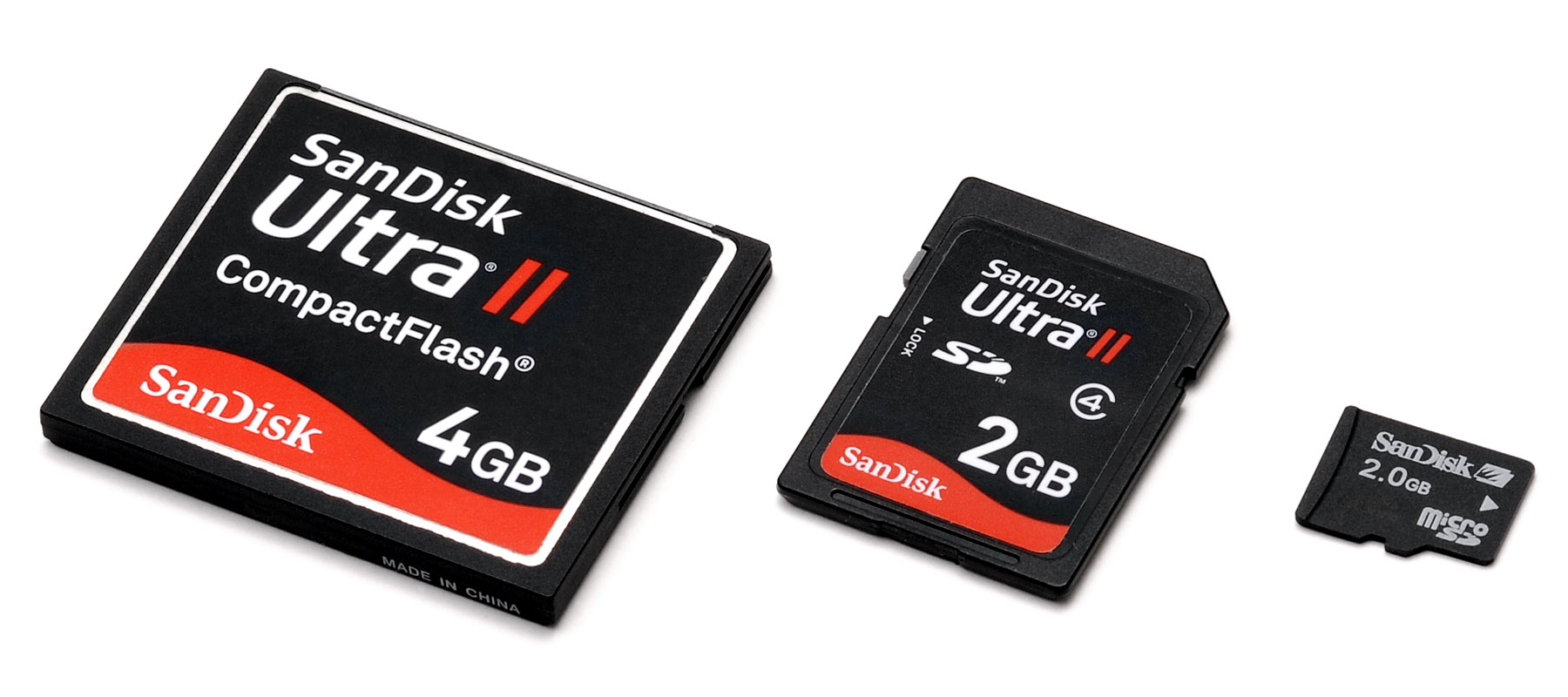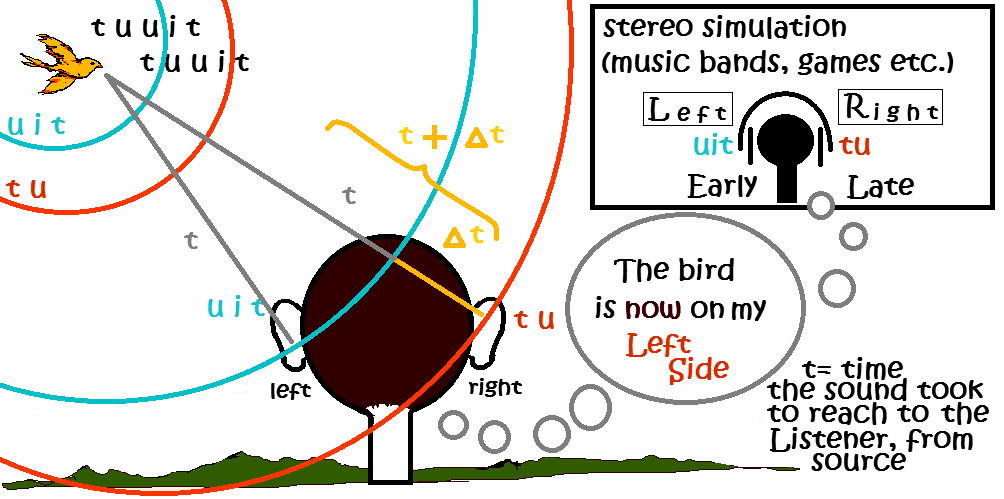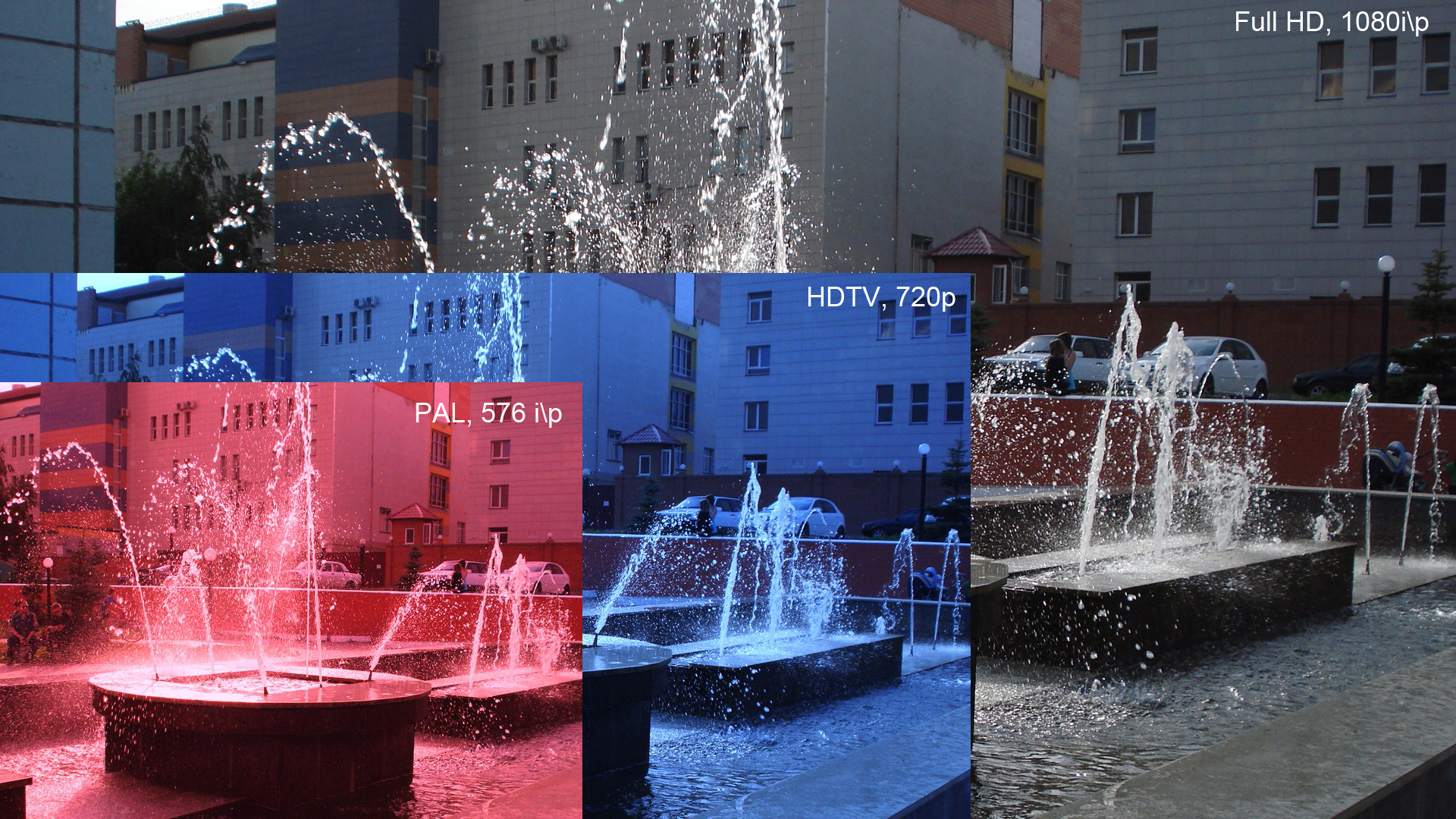|
Panasonic Lumix GH1
The Panasonic Lumix DMC-GH1 is a digital mirrorless interchangeable lens camera adhering to the Olympus and Panasonic developed Micro Four Thirds System (MFT) system design standard. Panasonic classified the GH1 as a hybrid stills/video camera and the GH1 was introduced and marketed as a higher end camera than Panasonic's first MFT camera, the stills only, non-video capable Lumix DMC-G1. The Panasonic Lumix DMC-GH1 was the second MFT camera introduced under the MFT design standard and the first MFT camera to include HD video recording capability. The GH1 was announced at the April 2009 Photo Marketing Association Annual Convention and Trade Show. As a part of marketing this camera, Panasonic sponsored some professional filmmakers by allowing them to borrow the GH1 camera for their projects. One such GH1 model camera was used to film the pilot of the Swedish horror film ''Marianne''. Panasonic Lumix DMC-GH1 Features When announced in March 2009, the Panasonic Lumix DMC-GH1 wa ... [...More Info...] [...Related Items...] OR: [Wikipedia] [Google] [Baidu] |
Panasonic
is a Japanese multinational electronics manufacturer, headquartered in Kadoma, Osaka, Kadoma, Japan. It was founded in 1918 as in Fukushima-ku, Osaka, Fukushima by Kōnosuke Matsushita. The company was incorporated in 1935 and renamed and changed its name to in 2008. In 2022, it reorganized as a holding company and adopted its current name. In addition to consumer electronics, for which it was the world’s largest manufacturer in the late 20th century, Panasonic produces a wide range of products and services, including Rechargeable battery, rechargeable batteries, automotive and avionic systems, industrial equipment, as well as home renovation and construction. The company is listed on the Tokyo Stock Exchange and is a constituent of the Nikkei 225 and TOPIX, TOPIX 100 indices, with a secondary listing on the Nagoya Stock Exchange. Corporate name From 1925 to October 1, 2008, the company's corporate name was "Matsushita Electric Industrial Co." (MEI). On January 10, 2008, ... [...More Info...] [...Related Items...] OR: [Wikipedia] [Google] [Baidu] |
Panasonic Lumix DMC-LX3
The Panasonic Lumix DMC-LX3, or LX3, is a high-end compact camera, compact "point and shoot" camera launched by Panasonic in late 2008 to succeed the Lumix, Lumix LX2. Features The LX3 has:. * High-Sensitivity 1/1.63-inch CCD 10.1 Megapixels and Venus Engine IV up to ISO3200 at Full Resolution. * 24 mm Wide Angle f/2.0–2.8 LEICA DC VARIO-SUMMICRON Lens with 2.5x Optical Zoom. * Optional full Manual Operation. * HD Motion Images and HD Output. * 3.0-inch (460,000-dot) 3:2 Ratio LCD. * "Intelligent Auto Mode" with AF Tracking. Accessories *DMW LW46 wide angle conversion lens, 35 mm equivalent 18 mm. *Panasonic genuine leather case Similar cameras Similar high-end compact cameras are the LX3's sister camera, the Leica Camera, Leica D-Lux 4, the Canon PowerShot S90, and the Samsung TL500/EX1. A remarkable quality of the LX3 vs. the S90 is that the aperture of the LX3 only gradually, steadily narrows from 2.0 to 2.8, whereas that for the S90 quickly narrows. ... [...More Info...] [...Related Items...] OR: [Wikipedia] [Google] [Baidu] |
Memory Card
A memory card is an electronic data storage device used for storing digital information, typically using flash memory. These are commonly used in digital portable electronic devices, such as digital cameras as well as in many early games consoles such as the Neo Geo. They allow adding memory to such devices using a card in a socket instead of protruding USB flash drives. Common types of flash memory card include SD cards (including microSD), Sony's Memory Stick and CompactFlash. , SD cards are the most common type of memory cards. History The basis for memory card technology is flash memory. It was invented by Fujio Masuoka at Toshiba in 1980 and commercialized by Toshiba in 1987. The development of memory cards was driven in the 1980s by the need for an alternative to floppy disk drives that had lower power consumption, had less weight and occupied less volume in laptops. Some were also marketed as a lower cost alternative to ROM cartridges. Several competing and inc ... [...More Info...] [...Related Items...] OR: [Wikipedia] [Google] [Baidu] |
SDHC
Secure Digital (SD) is a proprietary, non-volatile, flash memory card format developed by the SD Association (SDA). Owing to their compact size, SD cards have been widely adopted in a variety of portable consumer electronics, including digital cameras, camcorders, video game consoles, mobile phones, action cameras, and camera drones. The SD format was introduced in August 1999 by SanDisk, Panasonic (then known as Matsushita), and Kioxia (then part of Toshiba). It was designed as a successor to the MultiMediaCard (MMC) format, introducing several improvements aimed at enhancing usability, durability, and performance, which contributed to its rapid emergence as an industry standard. To manage the licensing and intellectual property rights related to the format, the three companies established SD-3C, LLC. In January 2000, they also founded the SDA, a non-profit organization dedicated to developing and promoting SD card standards. As of 2023, the SDA includes approximately 1 ... [...More Info...] [...Related Items...] OR: [Wikipedia] [Google] [Baidu] |
Stereo Sound
Stereophonic sound, commonly shortened to stereo, is a method of sound reproduction that recreates a multi-directional, 3-dimensional audible perspective. This is usually achieved by using two independent audio channels through a configuration of two loudspeakers (or stereo headphones) in such a way as to create the impression of sound heard from various directions, as in natural hearing. Because the multi-dimensional perspective is the crucial aspect, the term ''stereophonic'' also applies to systems with more than two channels or speakers such as quadraphonic and surround sound. Binaural sound systems are also ''stereophonic''. Stereo sound has been in common use since the 1970s in entertainment media such as broadcast radio, recorded music, television, video cameras, cinema, computer audio, and the Internet. Etymology The word ''stereophonic'' derives from the Greek (''stereós'', "firm, solid") + (''phōnḗ'', "sound, tone, voice") and it was coined in 1927 by West ... [...More Info...] [...Related Items...] OR: [Wikipedia] [Google] [Baidu] |
Dolby Digital
Dolby Digital, originally synonymous with Dolby AC-3 (see below), is the name for a family of audio compression technologies developed by Dolby Laboratories. Called Dolby Stereo Digital until 1995, it is lossy compression (except for Dolby TrueHD). The first use of Dolby Digital was to provide digital sound in cinemas from 35 mm film prints. It has since also been used for TV broadcast, radio broadcast via satellite, digital video streaming, DVDs, Blu-ray discs and game consoles. Dolby AC-3 was the original version of the Dolby Digital codec. The basis of the Dolby AC-3 multi-channel audio coding standard is the modified discrete cosine transform (MDCT), a lossy audio compression algorithm. It is a modification of the discrete cosine transform (DCT) algorithm, which was proposed by Nasir Ahmed in 1972 for image compression. The DCT was adapted into the MDCT by J.P. Princen, A.W. Johnson and Alan B. Bradley at the University of Surrey in 1987. Dolby Laboratories adap ... [...More Info...] [...Related Items...] OR: [Wikipedia] [Google] [Baidu] |
Autofocus
An autofocus (AF) optical system uses a sensor, a control system and a motor to focus on an automatically or manually selected point or area. An electronic rangefinder has a display instead of the motor; the adjustment of the optical system has to be done manually until indication. Autofocus methods are distinguished as active, passive or hybrid types. Autofocus systems rely on one or more sensors to determine correct focus. Some AF systems rely on a single sensor, while others use an array of sensors. Most modern SLR cameras use through-the-lens optical sensors, with a separate sensor array providing light metering, although the latter can be programmed to prioritize its metering to the same area as one or more of the AF sensors. Through-the-lens optical autofocusing is usually speedier and more precise than manual focus with an ordinary viewfinder, although more precise manual focus can be achieved with special accessories such as focusing magnifiers. Autofocus accur ... [...More Info...] [...Related Items...] OR: [Wikipedia] [Google] [Baidu] |
High-definition Video
High-definition video (HD video) is video of higher resolution and quality than standard-definition. While there is no standardized meaning for ''high-definition'', generally any video image with considerably more than 480 vertical scan lines (North America) or 576 vertical lines (Europe) is considered high-definition. 480 scan lines is generally the minimum even though the majority of systems greatly exceed that. Images of standard resolution captured at rates faster than normal (60 frames/second North America, 50 fps Europe), by a high-speed camera may be considered high-definition in some contexts. Some television series shot on high-definition video are made to look as if they have been shot on film, a technique which is often known as filmizing. History The first electronic scanning format, 405 lines, was the first ''high definition'' television system, since the mechanical systems it replaced had far fewer. From 1939, Europe and the US tried 605 and 441 lines until, i ... [...More Info...] [...Related Items...] OR: [Wikipedia] [Google] [Baidu] |
720p
720p (720 lines progressive) is a progressive HD signal format with 720 horizontal lines/1280 columns and an aspect ratio (AR) of 16:9, normally known as widescreen HD (1.78:1). All major HD broadcasting standards (such as SMPTE 292M) include a 720p format, which has a resolution of 1280×720. The number ''720'' stands for the 720 horizontal scan lines of image display resolution (also known as 720 pixels of vertical resolution). The ''p'' stands for progressive scan, i.e. non-interlaced. When broadcast at 60 frames per second, 720p features the highest temporal resolution possible under the ATSC and DVB standards. The term assumes a widescreen aspect ratio of 16:9, thus implying a resolution of 1280×720 px (0.9 megapixels). 720i (720 lines interlaced) is an erroneous term found in numerous sources and publications. Typically, it is a typographical error in which the author is referring to the 720p HDTV format. However, in some cases it is incorrectly presented ... [...More Info...] [...Related Items...] OR: [Wikipedia] [Google] [Baidu] |
1080p
1080p (1920 × 1080 progressively displayed pixels; also known as Full HD or FHD, and BT.709) is a set of HDTV high-definition video modes characterized by 1,920 pixels displayed across the screen horizontally and 1,080 pixels down the screen vertically; the ''p'' stands for progressive scan, ''i.e.'' non- interlaced. The term usually assumes a widescreen aspect ratio of 16:9, implying a resolution of 2.1 megapixels. It is often marketed as Full HD or FHD, to contrast 1080p with 720p resolution screens. Although 1080p is sometimes referred to as 2K resolution (meaning having a horizontal resolution of approximately 2,000 pixels), other sources differentiate between 1080p and (true) 2K resolution. 1080p video signals are supported by ATSC standards in the United States and DVB standards in Europe. Applications of the 1080p standard include television broadcasts, Blu-ray Discs, smartphones, Internet content such as YouTube videos and Netflix TV shows and movi ... [...More Info...] [...Related Items...] OR: [Wikipedia] [Google] [Baidu] |
AVCHD
AVCHD (Advanced Video Coding High Definition) is a file-based format for the digital recording and playback of high-definition video. It is H.264 and Dolby AC-3 packaged into the MPEG transport stream, with a set of constraints designed around camcorders. Developed jointly by Sony and Panasonic, the format was introduced in 2006 primarily for use in high definition consumer camcorders. Related specifications include the professional variants AVCCAM and NXCAM. Favorable comparisons of AVCHD against HDV and XDCAM, XDCAM EX solidified perception of AVCHD as a format acceptable for professional use. Both Panasonic and Sony released the first consumer AVCHD camcorders in spring of 2007. Panasonic released the first AVCHD camcorder aimed at the professional market in 2008, though it was nothing more than the (by then discontinued) Flash memory, FLASH card consumer model rebadged with a different model number. In 2011 the AVCHD specification was amended to include 1080-line 50-frame/s a ... [...More Info...] [...Related Items...] OR: [Wikipedia] [Google] [Baidu] |



